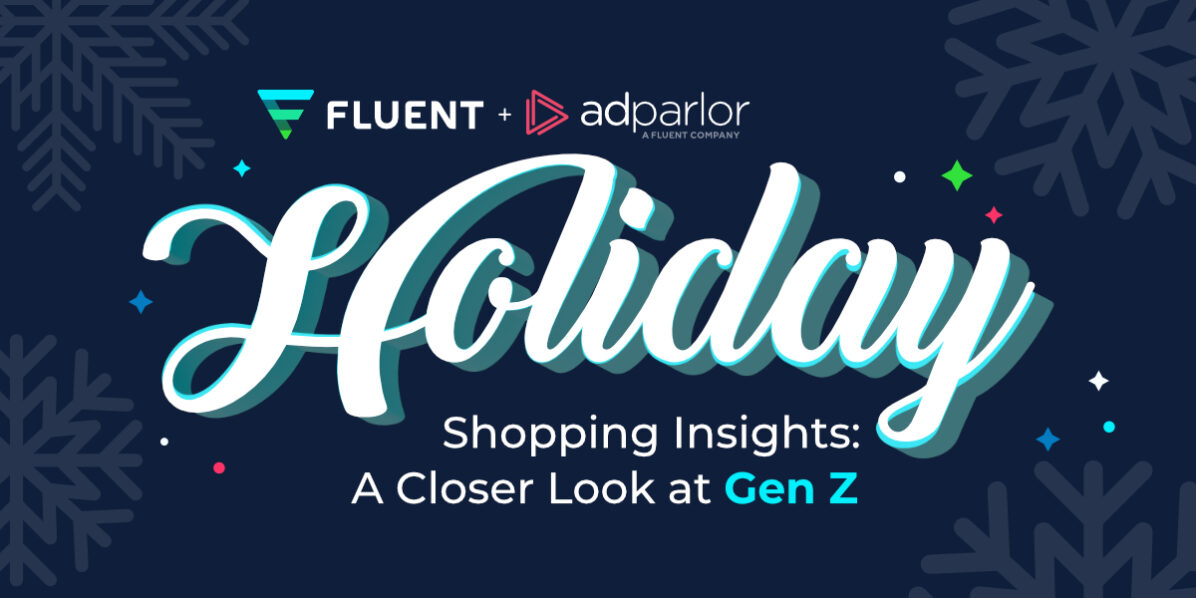Holiday Shopping Insights: A closer Look at Gen Z

Holiday shopping is more social now than ever before, and Gen Z leads the charge. With an estimated collective buying power of nearly $150 billion that is projected to grow significantly in the next three years, Gen Z were the ones to watch this holiday shopping season.
We collaborated with our friends over at Fluent, the leading performance marketing company in the United States, to take a closer look at this coveted yet elusive generation. Fluent surveyed over 14K Americans to help advertisers understand what this generation cares about as it relates to holiday shopping.
So deck the halls with data and insights; here is what we uncovered about this key demographic.
TLDR: Gen Z Holiday Shopping Insights
- Gen Z are last-minute shoppers, with 28% of them planning to do their shopping in December.
- While TikTok and Instagram are popular platforms for product discovery for this generation, don’t discount the power of YouTube! 38% look to YouTube for longer-form content.
- Compared to other generations, Gen Zers are 42% more likely to make purchases directly on their favorite social media platforms.
- Gen Zers prioritize deals and flexible payment options over factors like timely delivery and product availability.
- Gen Zers use their mobile devices to discover new products, with 32% making purchases directly within their favourite social platforms.

Download the full infographic to help inform your 2022 strategy and planning. If you’re interested in taking your Gen Z campaigns to the next level, let’s chat. We’re here to help!